Learn from the ostrich egg
Tom McKeag, editor of
the beautifully-designed and award-winning bio-inspired digital magazine, Green Chemistry, set the stage for the idea of “
regenerative manufacturing.” In a thought-provoking workshop called “
Learning from the Ostrich Egg,” he presented the participants with a huge but humble marvel of engineering and clean design.
What can our designers, material scientists, and architects learn from the egg? McKeag described its contradictory functional requirements. The egg must be strong enough to survive a precipitous drop from a very tall bird, then break apart for the tiny chick to hatch. It must be easily turned by the parent, but not roll away. Waste gases escape, but nourishing fluids remain. All these things and more are accomplished, using very few materials, all locally sourced and recyclable. The egg’s contradictory specifications, said McKeag, are what drive innovation and exquisitely efficient design.
3D printing revolution
The highlight of the day was a riveting presentation by
MIT Media Lab Director
Neri Oxman. Named one of Fast Company’s 100 Most Creative People, Oxman’s talk captivated the audience.
She is at the forefront of the 3D printing revolution, looking to create synthetic “smart” materials that act as natural ones do. In nature, said Oxman, bones thicken in response to force, leaves grow toward light, and trees branches are shaped by wind. Why not
a wrist splint that adapts to where you feel pain? Why not
a lounge chair that shapes to your body and adjusts to your weight? With 3D printing, these possibilities become real.
A quick glance at an industrial manufacturing catalog will tell you that
engineers like to assemble bits and parts.
But that’s not how nature builds. Instead,
living systems use a stripped-down palette of self-assembling materials that act in dramatically different ways with simple structural changes at the nano-, micro-, or macro level. The soft skin on your face, for instance, is not the same as the nasty stuff on the soles of your feet. An antelope’s hair, hooves, and horns are all made of
keratin, but each does a quite different thing. We can do this with our materials too.
What about printing with fiber optics to produce light-emitting objects? Or
making a pair of glasses as a single piece that varies in transparency, rather than a separate frame and lenses?
But, said Oxman,
our 3D printing technology has limitations.
First,
our feedstock is primarily non-structural plastic resin. Does it have to be? Not at all. The
material can be whatever we decide it is as a society.
Second, the
size of the printing “frame” or gantry currently limits the size of the object. But
what if we could scan and print freeform, using drones or robot arms? Third, current printers accrete horizontal layers, but
living tissues build themselves organically, in three dimensions. How can we transcend our technology? Oxman’s team at
MIT’s Mediated Matter set out to circumvent these limitations by developing the first freeform 3D printer, playing with different materials, and doing extensive digital consideration of desired objects. The result is a truly remarkable artistic vision of a not-so-distant, but radically transformative, future of “Making.”
 |
| Silk Pavilion |
But as tantalizing as their findings were, Oxman said, the team remained frustrated by their primitive tools. Suddenly, she said, they hit on domesticated silkworms as living 3D printers, and the question became, “
How would nature design a 3D printer?” They studied the “simple rules” used by silkworms in determining where and how to lay down silk, built a
Buckminster Fuller-inspired geodesic dome scaffolding to elicit the desired responses, and
released 6500 Bombina moryx silkworms. The
worms “printed” the beautiful Silk Pavilion now hanging in the MIT Media Lab lobby, with “smart” variations in density and patchiness responding to light and substrate, consciously elicited by the team. In essence, the silkworm is a combined biocomputer and freeform printer, programmed by its DNA, printing with a biodegradable (and lovely) material, produced on-site simply by feeding the silkworms.
When asked what the future holds, Oxman lit up.
She suggested that we could print objects perfectly designed by the requirements of a space itself. We could print with carbon nanotubules, effectively making a 4D printer that produces objects that adapt over time. This
material would be “alive,” responding to light, heat, force, or humidity to create “smart” objects that adjust automatically to their environment. Or, she suggested,
we could print large structures, like homes and bridges, using variable-density concrete to provide extra strength where it is needed and conserve material where it is not. She floated the possibility of changing the “
printing material” or the “
simple rules” of production through genetic engineering (like having silkworms print with spiderweb), or
using other “living printers” like spiders, mushroom mycelium, vines, or corals. Could we cultivate self-assembling underwater structures from
CO2, just as corals do today? The p
rinters of the future could be robots inspired by these organisms, or something else entirely: a living scanner, printer, and biocomputer. Imagine “growing” your home, lighting, and furniture from “
genetic blueprints” downloaded off the internet into a robot or a made-to-order living entity?
This vision elicited a predictably polarizing response from the audience. Many were horrified by the hubris of genetically engineering living creatures to act as our slaves.
Biomimicry 3.8 Co-Founder Janine Benyus expressed this sentiment, standing up to say that biomimicry hopes to look beyond using organisms as raw resources, to a deep “process of learning from other fabricators. If you’re wearing cotton, a plant made it for you. If you’re wearing wool, a sheep made it for you. It’s time for humans to start making our own materials.”
3
D printing represents a transformative opportunity for us to redesign our manufacturing and consumption patterns, she said, pointing out that
a great many of our machine parts are used to cut or grind away, literally subtracting, discarding, and wasting our planet’s precious resources.
3D printing, by contrast, is an additive process, using only what is needed. The time is coming, Benyus said, when we will “
Make” everything we need at our neighborhood “
Maker Shop,” exactly what, when, and where we need it, without waste or energy-intensive shipping. “
But,” she added, “
let’s make sure these printers aren’t tiny volcanoes on our desks,” dropping humanity out of the frying pan and into the fire.
She implored the audience to make sure that locally abundant and benign feedstocks (ideally from the excess carbon dioxide in our atmosphere and oceans) become standard, materials that can be enzymatically digested at the end of product-life and fed back into our printers. Just like Nature would do it.
Dr. Tamsin Woolley-Barker is an evolutionary biologist, writer, and Biomimicry 3.8-trained sustainability and biomimicry consultant. She blogs at BioInspired Ink and serves as
Content Developer for the
California Association of Museums’ Green Museums Initiative. She is working on a book about organizational transformation and resilience inspired by living systems.
[image credits:
Kevin Krejci, Nasturtium Leaf,
Ed Bierman, Sea Cucumber,
Colin Raney, Silk Pavilion at MIT]

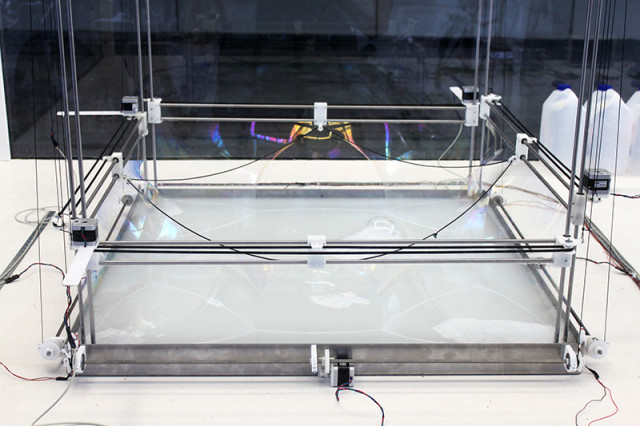
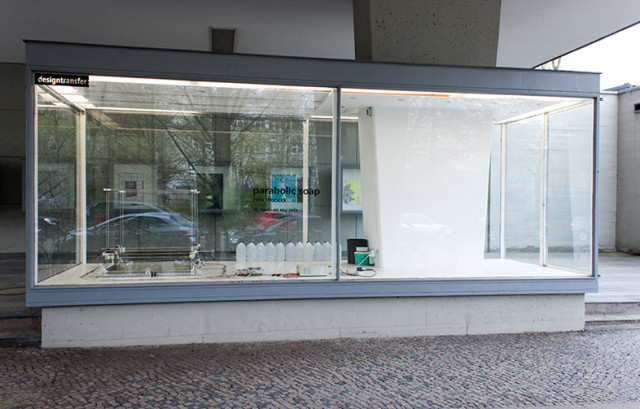
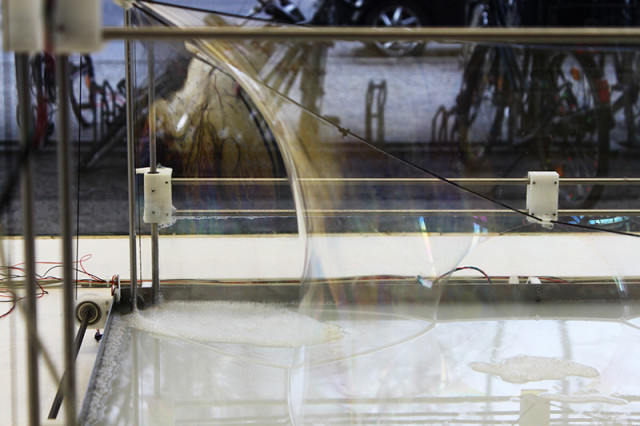
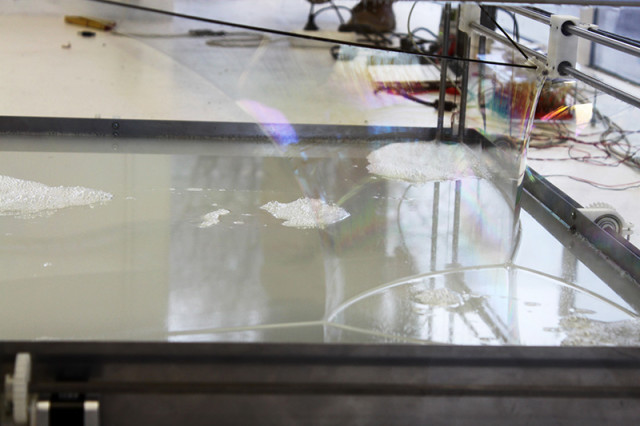
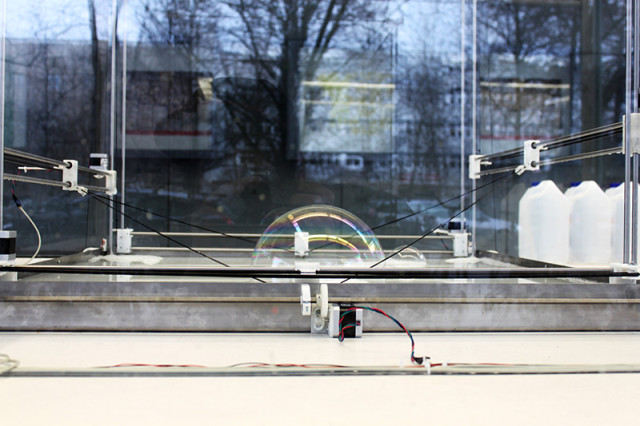
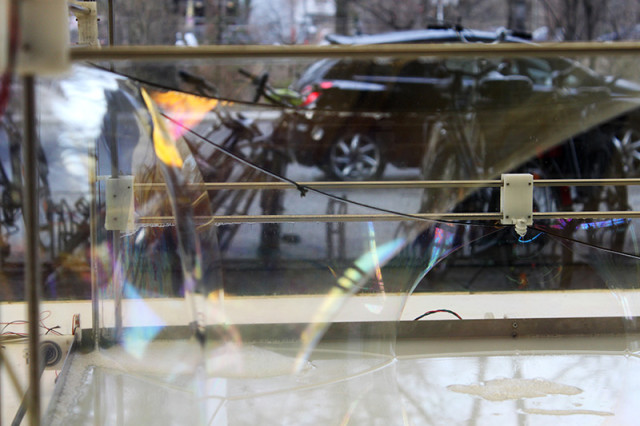
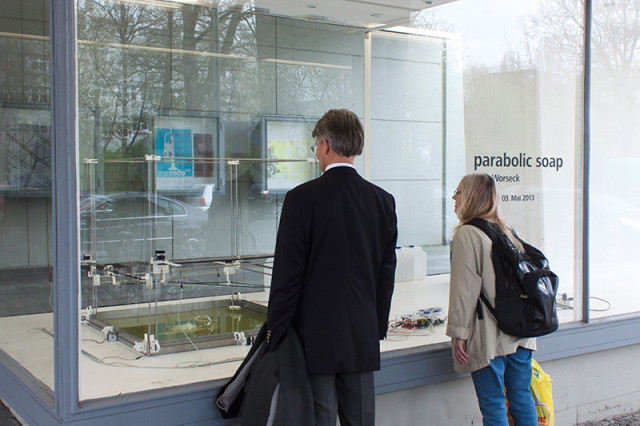
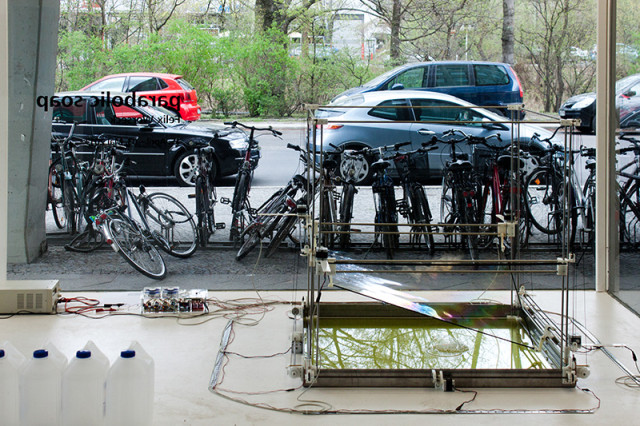
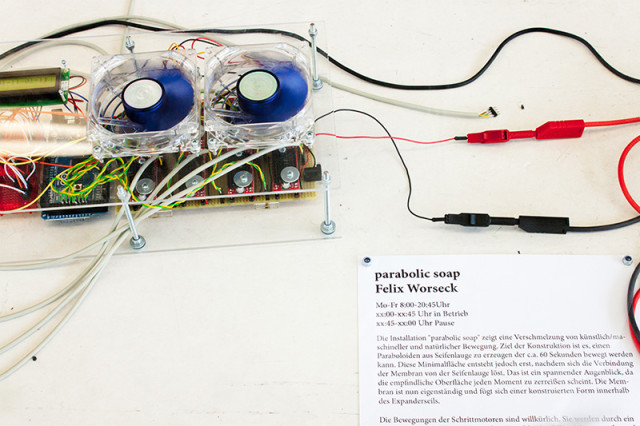
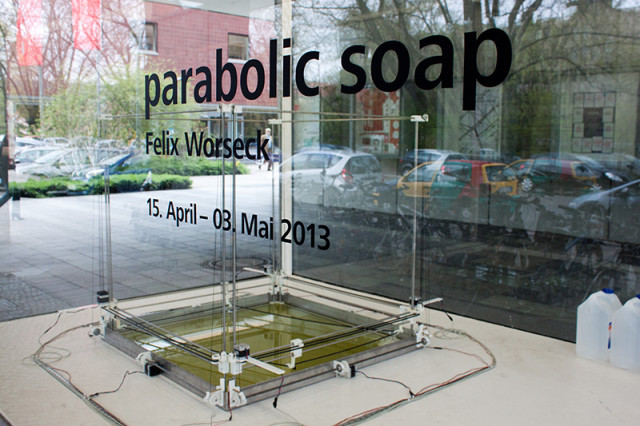








 Images
Images  Micrographs
Micrographs  Experiments
Experiments  Computation
Computation 